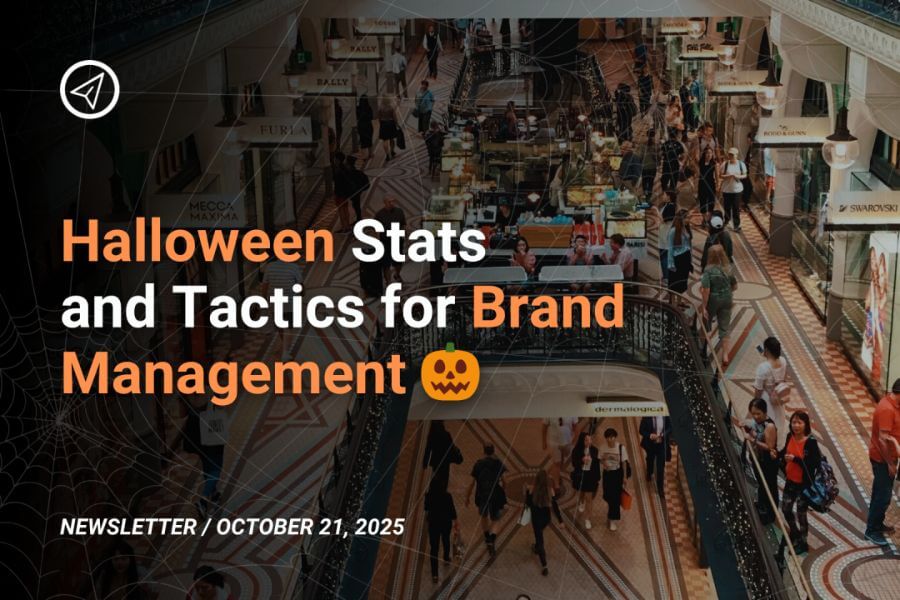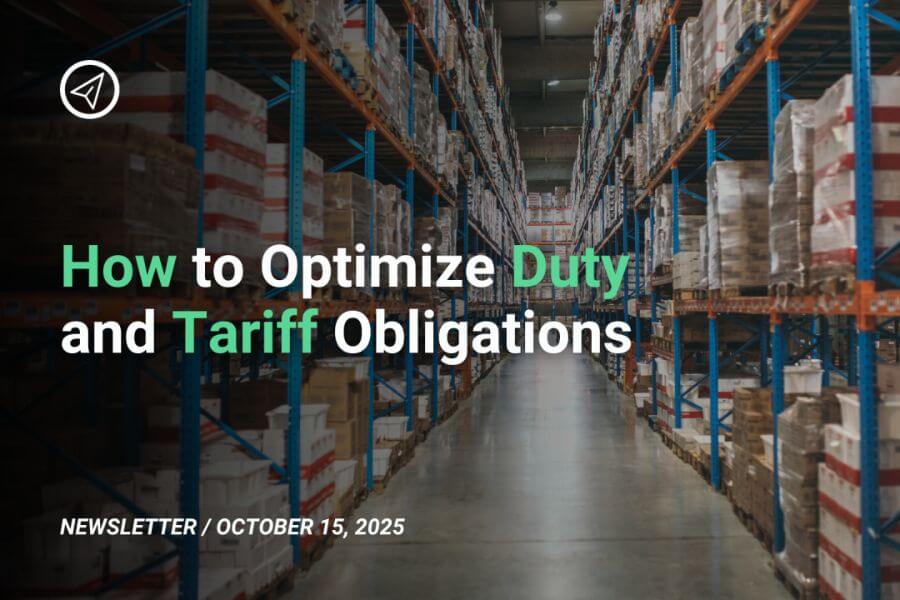Global supply chains in mid‑2025 are under mounting stress from a mix of geopolitical, environmental, regulatory, and structural shocks:
- Escalating trade tensions and tariffs: U.S. import tariffs have surged; averaging 5% under the current administration, prompting companies to rethink sourcing, diversify suppliers, and reroute imports through lower‑tariff countries.
- Climate‑driven disruptions: Extreme weather—from floods to wildfires—is increasingly disrupting shipping and manufacturing, ranking as the top supply‑chain risk in Everstream’s 2025 report.
- Geopolitical instability: The Red Sea shipping crisis forced major carriers to reroute via the Cape of Good Hope, adding 10 days and millions in costs per voyage. Political friction globally also fuels unpredictable trading regimes.
- Critical material shortages: Reliance on a small number of mineral producers (e.g. China controlling 75% of rare earth refining) creates bottlenecks, with risks amplified by sudden regulation or export controls.
- Talent and compliance gaps: Companies struggle with regulatory complexity across regions, while skills for trade compliance are in short supply.
- Risks from reshoring/friendshoring: Efforts to localize may trigger inefficiencies or lost GDP—OECD modeling shows aggressive reshoring could cut global trade by 18% and GDP by up to 12%.
✅ How a 3PL can help solve these challenges
3PL providers serve as strategic partners, offering resilience, flexibility, and expertise:
1. Diversified transport & routing networks
3PLs maintain robust global carrier relationships and multi-modal transport options—so when routes like the Red Sea close, they can seamlessly shift to alternate passages, minimizing disruption and cost increases.
2. Strategic inventories & regional nodes
By coordinating buffers across bonded warehouses and regional fulfillment centers, 3PLs help clients anticipate tariff rises, mitigate delays, and streamline customs clearance via HS‑code automation and digital declarations.
3. Advanced technology & analytics
Modern 3PLs deploy WMS and Transportation/Warehouse Management Systems that leverage AI/IoT, enabling demand forecasting, predictive slotting, real-time shipment visibility, and early disruption alerts.
4. Risk planning & compliance expertise
3PLs support network redesign, compliance training, and contingency plans—helping clients navigate shifting trade rules, low‑value import regulations, and volatile geopolitics.
5. Flexible scaling for spikes & disruptions
They provide scalable labor, warehouse space, and logistics assets—ideal during demand surges, weather-related delays, or supplier failures.
6. Cost & operational efficiency
By consolidating shipments, optimizing load planning, and tapping volume discounts, 3PLs help minimize logistics costs—while clients stay focused on core activities like product and marketing.
🧭 A structured roadmap to build resilience with a 3PL
- Risk mapping & audit: Assess vulnerabilities—tariffs, climate exposure, single‑source suppliers, emerging regulatory zones.
- Select 3PL partner strategic fit: Seek providers with global flex in key markets, tech-forward systems, and trade compliance expertise.
- Design multi‑node network: Employ bonded, nearshore, and urban micro-fulfillment hubs for agile routing and cost buffering.
- Implement real-time visibility tools: Ensure dashboards track shipments, exceptions, customs status, and predictive lead-time alerts.
- Negotiate flexibility in contracts: Include clauses for route switching, surge capacity, and penalty avoidance during delays.
- Train teams in risk management & compliance: Collaborate with the 3PL to build trade aptitude and responsiveness to regulatory shifts.
- Test scenarios regularly: Simulate disruptions—like port closures or weather events—to validate resilience and response strategies.
🚀 Real impact example
A UK brand facing rising U.S. import tariffs and logistics hold-ups due to Red Sea instability could partner with a forward-thinking 3PL. The provider would shift routing to alternate seaports, tap bonded EU fulfillment centers, frontload inventory in nearby hubs, and provide live shipment updates—delivering continuity and avoiding costly delays.
📌 Bottom line
With global supply chains fraught with trade volatility, environmental shocks, and regulatory complexity, 3PL partnerships aren’t just support—they’re strategic shields. By combining global reach, compliance expertise, agility, and technology, 3PL providers empower brands to navigate today’s disruption and remain competitive.





